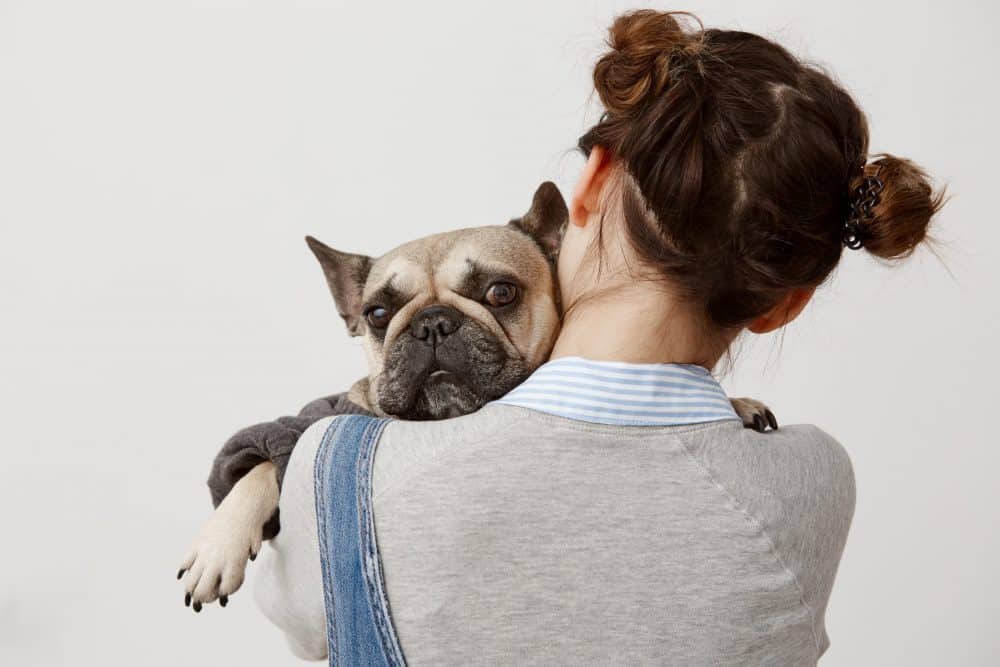Learning to differentiate a happy tail wagging from an anxious one is a challenging yet essential task. Getting acquainted with your dog’s body language is the best way to provide him with the best care. If your dog is feeling anxious, angry, or simply excited, he will communicate it to you through tail wagging ergo, it is an excellent tool you can use to know your dog's needs.
Why do Dogs Wag Their Tails? Meanings
Dogs can be happy, stressed, sad, anxious, angry, and the list goes on. Depending on their feelings, emotions, moods, and the daily situations they go through, a dog’s tail can change its position and be:
-
High: It means they are curious, excited, and alert. This is the typical behavior you can observe when your dog is sniffing another dog in the park, or when someone they don't know enters their home.
-
Lowered: This shows they are anxious, stressed, scared, or guilty. Your dog will place his tail between his legs and if he gets too frightened, he will hide it under his body. This is a typical behavior dogs show after receiving a punishment from their owners. It usually comes accompanyed with sad puppy-eyes and it's a sign of fear.
-
Neutral: When a dog's tail is in neutral position, it means they are calm and cheerful. There’s nothing to worry about. If your dog is chilled, his tail will be as well.
-
Vertical: They are showing a dominant attitude. If your dog’s tail has moved from neutral to vertical, it can be a sign that your dog is getting angry. Dogs' tails can be vertical especially if they feel competition with another dog.
-
Moving fast: This means they are happy and excited. This is the kind of tail wagging your dog usually gives you when you arrive home, when you show him food, or when you say in a thin voice 'do you want to go for a walk?'
- Moving slowly: This movement indicates a decrease in his excitement, but that’s not necessarily a bad thing: it can mean he is still happy but chilled. It may be the equivalent of you lying on your couch watching TV. However, bear in mind that if his tail movement is super slow, it can indicate insecurity and fear.
Apart from the reasons behind why do dogs wag their tails, another important thing to take into account is the direction of tail wagging. Studies have shown that if your dog’s tail is wagging to the right, it means your dog is happy, chilled, and relaxed. On the contrary, if it is wagging to the left, your dog is probably feeling stressed, anxious, nervous, and agitated.

Our dogs communicate with us, listen to them!
Naturally, every dog has its own particularities and features. Not all dogs will move their tails frenetically when seeing their owners, and not all dogs will lower their tails while you scold them. However, it's important for you to connect to your dog and know his canine body language deeply, so you can be able to tell when something is not right. dogs are very assertive, so pay close attention to their tail wagging and learn to communicate with them. Tail wagging is just another tool to understand our furry friends, and we should take advantage of it!
After all, there is nothing more satisfying than feeling you are truly understanding your best friend, right? And even though they indicate very different emotions, these meanings of tail wagging have something in common: your dog is open to interaction If your dog’s tail is stiff and shows no movements, it can indicate aggression or it can be related to a health issue, in which case you should contact your vet.
















